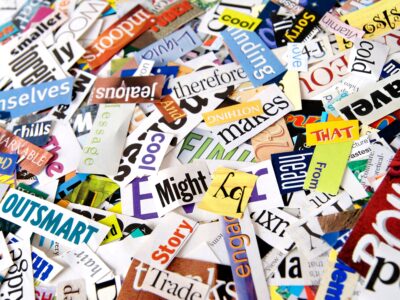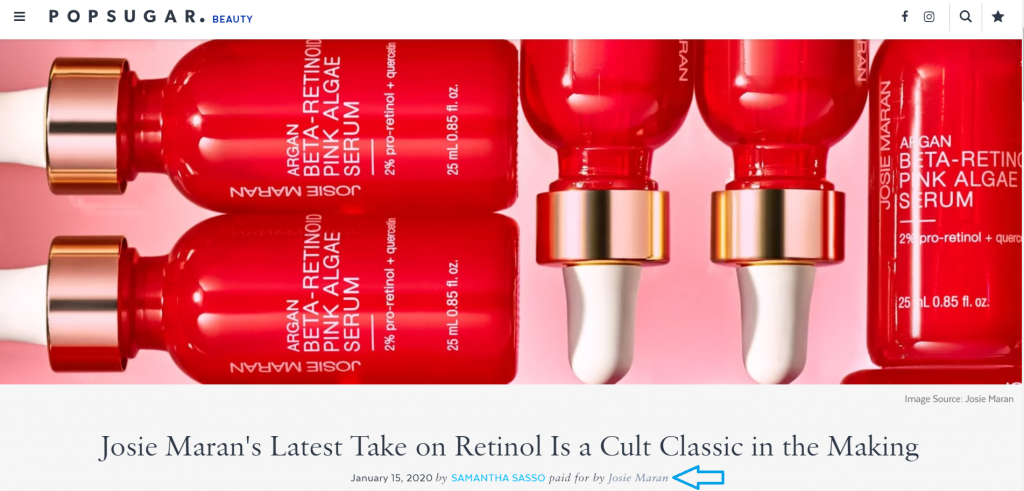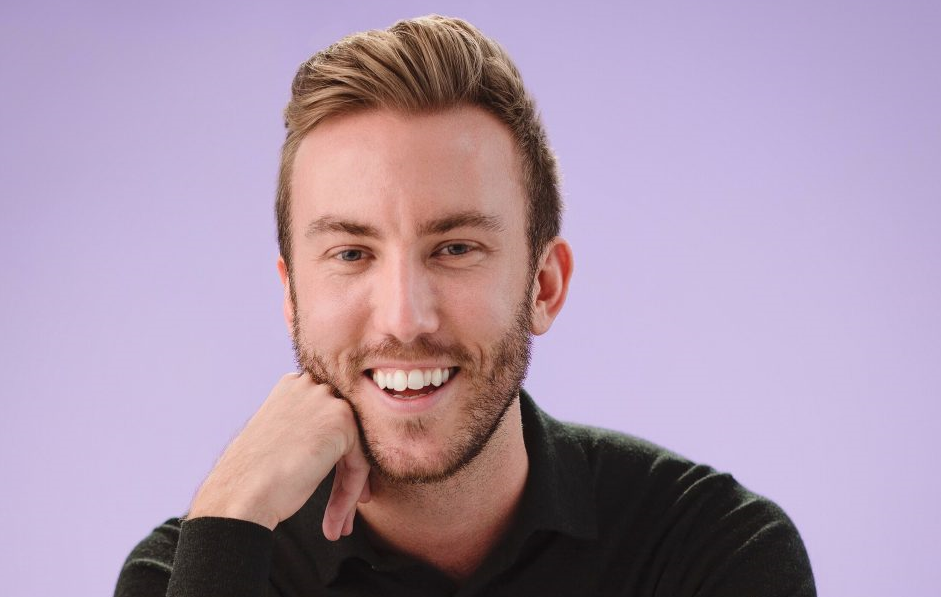Congrats on taking the next step in your journey to understand all things content marketing. Now that you’re familiar with all the key content marketing terms, it’s time to graduate to level two of Content Marketing: Fake It ‘Til You Make It.
It can be very confusing when everyone in the industry seems to be using different lingo to describe the same thing or the same lingo to describe different things. So once and for all, let’s hammer out the correct terminology for all of those forms of digital marketing you’ve heard tossed around, namely content marketing, native advertising, brand publishing content and sponsored or “branded” content.
Content Marketing vs. Native Advertising
First things first, avoid using these phrases interchangeably. These are two different content formats. Content marketing refers to the large umbrella practice of advertising and content distribution, while native advertising refers to a single, specific way for marketers to distribute content.
Content Marketing
The Content Marketing Institute refers to content marketing as a “strategic marketing approach focused on creating and distributing valuable, relevant, and consistent content to attract and retain a clearly defined audience — and, ultimately, to drive profitable customer action.”
In other words, content marketing is all about educating the consumer, not about promoting the products or services a brand offers per se. Content marketing allows a brand to establish itself as a credible resource for topics that matter to their target audience. It’s a continuous and profitable process that can be utilized in a brand’s overall marketing strategy.
Native Advertising
Native advertising is essentially advertising that is embedded in or adjacent to editorial and looks like editorial, but isn’t editorial. It should be clearly ID’d as advertising content, but it’s often very subtle. Magazines have been doing native in the style of “advertorials” for years.
Online native ads typically contain a headline and description to encourage viewers to click on a link. This link often leads to an article on a brand’s website, sponsored content on a publisher’s website, or in some cases, directly to an e-commerce site to buy a particular product or service. They should also be ID’d as sponsored content or advertising.
Examples of online native ads:
- In-feed ads presented on social media feeds
- Native Advertising online also comes in the form of paid search ads and promoted listings on websites and e-commerce sites.
- Paid search on Google:
- A promoted listing on Ebay:
All you really have to remember is that content marketing is more about providing useful, relevant information to build consumer trust and affinity. And native advertising is to more focused on, well, advertising: selling that product or service.
Brand Publishing vs. Sponsored Content
There are many different types of content for marketers to choose from including infographics, user-generated content, blogs, and social media. These different types of content all fall under one of three categories in the Digital Marketing Trifecta: earned, paid, and owned media.
The simplest way to differentiate brand publishing content from sponsored content is to recognize that they are two different types of media. Brand publishing content falls under owned media because it is shared on channels a brand owns and controls, while sponsored content falls under paid media as a paid media placement. Got it? Now, let’s dive into the nitty-gritty:
Brand Publishing
Today, more brands are becoming publishers by launching their own content hubs to produce educational content in-house. Take a look at Chase’s The Infatuation, Square’s The Bottom Line, Hone Health’s The Edge, or General Mill’s TBSP. These content sites steer clear of promotional language and offer readers fun, educational, entertaining, and valuable dare-we-say editorial content. Think an investigative report on why veterans are at risk of low testosterone, a feature on ecommerce trends, or tasty recipes to use up that jar of kimchi in the back of the pantry.
The Pay-Off: Brands build trusted relationships with their target audience by creating engaging content just like old fashioned media companies.
Sponsored Content
Raise your hand if you have ever been victimized by an ad that stalks you as you scroll through an article. We know, in-your-face ads are the absolute worst! This is where sponsored content becomes very attractive to brands and publishers interested in pursuing new revenue streams. They know readers want great content and don’t want to feel “sold” to.
To do this, a brand will collaborate with a publisher’s editorial staff to create informative, entertaining, or engaging content that builds brand awareness and affinity. Similar to brand publishing, the key here is to avoid a salesy tone and emulate the voice of the publication’s organic editorial.
Let’s look at this Popsugar post about Josie Maran’s Argan Beta-Retinoid Pink Algae Serum. At first glance, it looks just like any other Popsuger article but there’s an easy way to tell that this post is sponsored. (See my arrow pointing to the “paid for by Josie Maran” in the screenshot below.)
Unlike traditional web ads (think banners and right-hand column ads), sponsored content lives on the publisher’s site in a much more subtle way. For those of you asking (as my editor did:) Wait, isn’t that the same as Native? Actually no. The difference is subtle. But think of native as more like a traditional ad or promo, and sponsored content is more like, well, organic content.
The Pay-Off: Brands have the chance to utilize the audience reach of the publication. Like native advertising, sponsored content can drive traffic, leads, and conversions (read: sales) for a brand.
I know it’s a lot to take in, but before I leave you here is one, final way to distinguish branded and sponsored: Brand publishing content is usually produced in-house, while sponsored content is usually created via a partnership between a brand and a publisher’s editorial staff. Brand publishing content usually lives on a brand’s own micro-site or content hub, while sponsored content is a piece of brand journalism that appears on a publisher’s website.
Now that you’ve worked through all the complicated stuff, go flaunt your content marketing knowledge at the next media cocktail party. Cheers!
Shaye DiPasquale is a freelance writer, social media manager, and content creator. She recently graduated from Elizabethtown College, where she studied Mass Communications and Women & Gender Studies. Her writing has appeared on Her Campus, HelloFlo, Her Culture, Substream Magazine, The Owl, NJMOM and more. She is also the founder of createHER Collective, a community for young changemakers and creators to collaborate on initiatives through creative exchange.





 From EW to Aetna. How Magazine Media Helped This Social Media Editor Make the Transition
From EW to Aetna. How Magazine Media Helped This Social Media Editor Make the Transition 